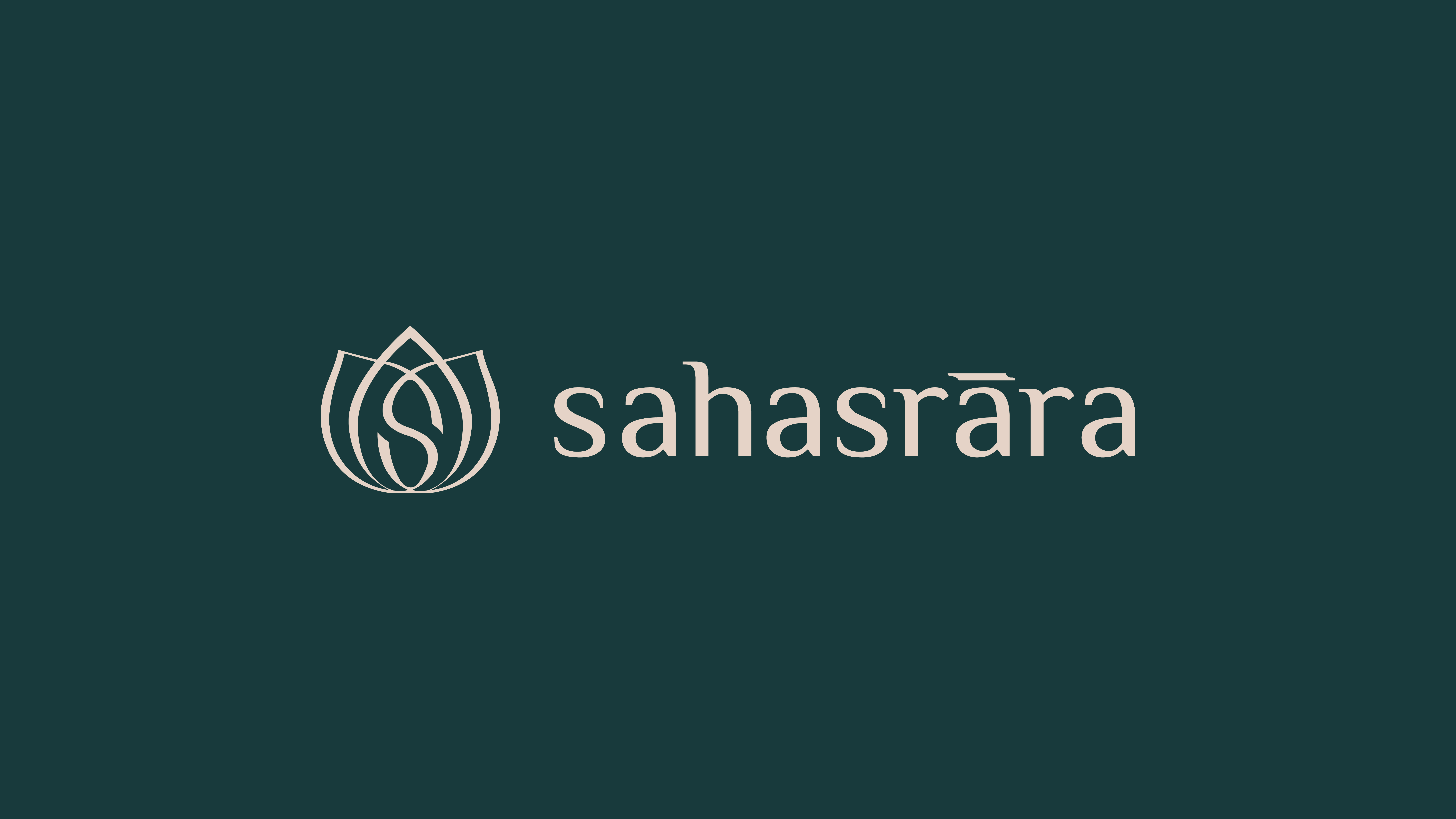Your cart is currently empty!
Shower Head Filter Functionality Explained – Yes, You Definitely Need 1
In the pursuit of maintaining radiant hair and skin, we often focus on a myriad…
Blonding has been a popular hair color trend for many years, continuously evolving with new techniques and products to create stunning, customized blonde looks.
Blonding is a term used in the hair industry to describe a range of processes and techniques that involve lightening the natural hair color to achieve various shades of blonde. From a scientific perspective, the process of lightening hair involves the manipulation of melanin, the natural pigment responsible for the color of our hair, skin, and eyes. This process typically involves the use of hair color products or bleach to remove or lift the natural pigment in the hair shaft, resulting in a lighter, and often blonde, color.

Human hair contains two types of melanin: eumelanin and pheomelanin. Eumelanin is responsible for darker hair colors, including brown and black, while pheomelanin contributes to the red and blonde shades. The lightening process focuses on breaking down the melanin in the hair shaft.
The primary agent used in the lightening process is hydrogen peroxide, commonly referred to as a developer. When hydrogen peroxide is applied to the hair, it opens the cuticle, the outermost layer of the hair shaft. This allows the lightener to penetrate the hair shaft and interact with the melanin.
Blonding is typically done through a controlled chemical process using bleach and a developer, usually hydrogen peroxide. The developer opens the hair’s cuticle, allowing the lightening agent to break down the melanin, the pigment responsible for your hair color. The strength of the developer, the processing time, and the hair’s starting color all affect the final result. A stylist will carefully monitor the process to achieve the desired shade while minimizing damage, often using various techniques like balayage or foiling to create highlights or full-color transformations. Proper aftercare is essential to keep hair healthy and vibrant.
During the lightening process, eumelanin and pheomelanin undergo a chemical reaction with the developer, causing them to break down and lose their color. As a result, the hair becomes lighter in color. The degree of lightening achieved depends on various factors, including the starting color of the hair, product in the hair, previous treatments, the strength of the developer, and the processing time.
Blonding techniques can vary widely, from subtle highlights that add dimension to the hair to more dramatic transformations that turn the hair significantly lighter. The specific shade of blonde achieved can also vary, ranging from warm golden blondes to cool platinum or ash blondes.
Blonding can be a complex process that requires careful consideration of factors such as the client’s natural hair color, desired end result, and the condition of the hair. It often involves the expertise of a professional hairstylist or colorist to achieve the desired look while minimizing damage to the hair. It’s important to note that the lightening process can also affect the hair’s structural integrity. It weakens the protein structure within the hair shaft. This is why proper aftercare and treatments are crucial to maintaining the health, strength, and appearance of lightened hair.
If you’re considering blonding your hair, there are a few key factors to keep in mind to ensure the process is as smooth and successful as possible:
In the world of hair, blonding is both an art and a science – where skilled professionals work their magic to bring out the best in your hair. From soft highlights to bold transformations, the right expertise and care offers endless blonding possibilities for a radiant and confident look. As trends evolve and techniques advance, one thing remains constant: the desire to achieve that perfect shade of blond
Browse Other Posts
In the pursuit of maintaining radiant hair and skin, we often focus on a myriad…
Are you new to the world of bond care, have never heard of bonds or…
Often times I come across clients who have felt misunderstood by their previous stylists. Sometimes…
So you have a hair appointment booked with your stylist. Don’t be anxious, you’re going…
Do you ever look in the mirror and feel like your hair could use a…
Tired of the never-ending cycle of washing your hair every day, only to have it…

With Sahasrāra, you’re not just caring for your hair—you’re participating in a ritual that transcends routine and enriches your relationship with yourself and the world around you.